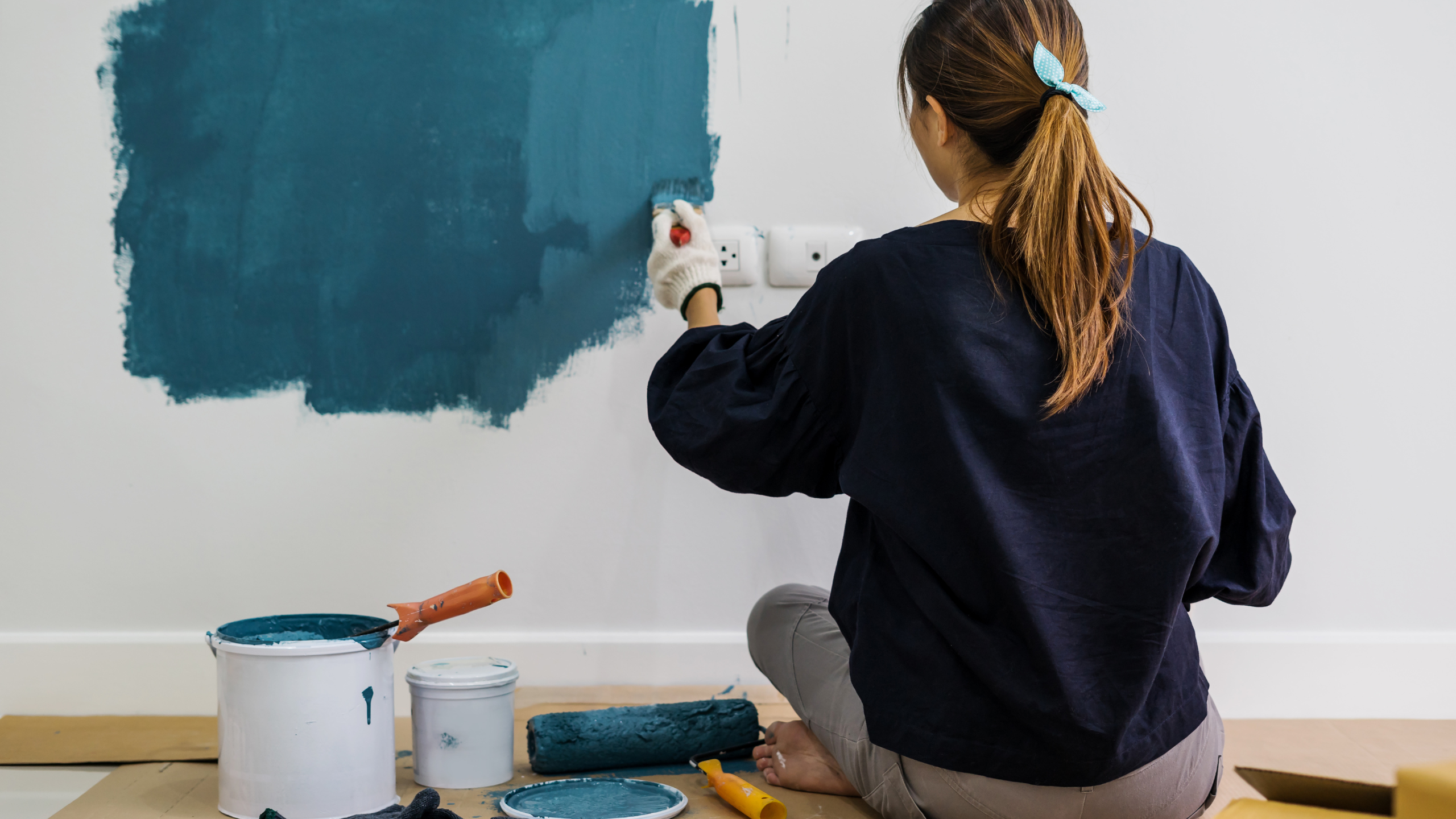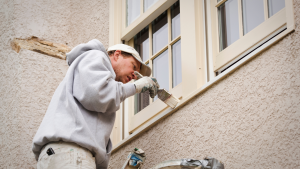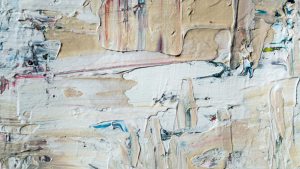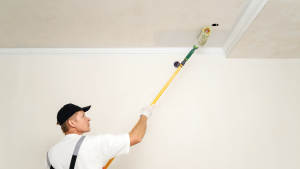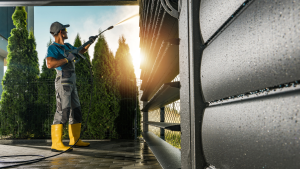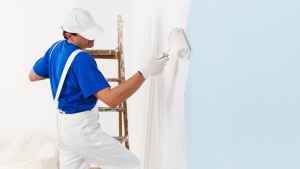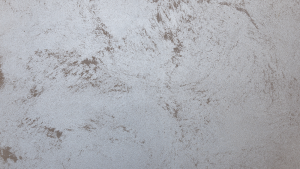Getting a perfect paint finish isn’t just about choosing the right color and paint quality. It’s also about working well with the weather. Weather affects how the paint dries, sticks, and overall quality. In this blog post, we’ll discuss the best weather for painting and give you helpful tips to ensure your next project turns out great. Understanding the right weather conditions is crucial for your painting project to be successful.
Good painting weather, with the right temperature and humidity, helps create a smooth and lasting finish. By learning about these conditions and how they affect painting, you can be better prepared to handle any issues. Understanding how weather plays a role in painting gives you valuable insights to improve your skills. With this knowledge, you can turn your project into an absolute masterpiece. This exploration will provide you with the tools to understand how weather and painting are connected, ensuring that your hard work pays off with great, long-lasting results. Revitalize your home, school, corporate office, place of worship, municipal building, or retail area with the superior craftsmanship of New City House Painter. Our experts ensure exceptional outcomes for every painting or sprucing-up project.
What Weather Conditions Are Ideal for Painting?
Optimal Temperatures for Painting Application
The recommended temperature range for painting is between 10°C and 29°C (10°F and 85°F). Extremely high temperatures may impact the paint’s texture, drying speed, and surface adhesion. Selecting a day with moderate temperatures is crucial to ensure optimal results.
How Weather Influences Interior Painting
interior painting is not immune to weather-related factors. Fluctuations in humidity and temperature can affect the drying process, leading to problems such as uneven finishes and prolonged drying times. Proper ventilation is crucial during interior painting to facilitate effective drying.
Optimal Humidity for Painting
40% to 70% humidity is the optimal range. Elevated moisture can impede the drying process, causing drips and streaks, while low humidity may lead to excessively rapid drying, resulting in a less-than-desirable finish.
Is it Advisable to Paint in the Rain?
Painting during rainy weather is discouraged. The presence of moisture in the air can hinder the paint’s adhesion to surfaces, potentially causing issues like peeling and bubbling. Waiting for a dry day before embarking on your painting project is advisable.
Is it Suitable to Paint in Sunny Weather?
While sunny days are generally conducive to painting, avoiding direct sunlight on freshly painted surfaces is essential. Overheating might speed up the paint’s drying process, which can cause visible brushstrokes and an uneven finish. Optimal times for painting are in the early morning or late afternoon when the sun is less intense.
5 Tips for Timing Paint Jobs Amidst Weather Changes:
Monitor the Forecast
Ensure you are well informed about the weather before initiating your painting project. This allows you to develop informed strategies and helps prevent unexpected weather-related complications.
Strategize for Seasonal Shifts
Each season presents distinct weather challenges. Take into account your region’s climate and schedule your paint projects during the seasons known for the most stable weather conditions.
Select Appropriate Paint for the Climate.
Choose paints that are tailored to specific climates. Speak with your neighborhood paint store or a professional painter. To ensure you select the best color and type suited for your region’s weather conditions.
Commence Early in the Day Starting
your paint project in the early hours allows you to benefit from cooler temperatures and evade the intense midday sun, promoting favorable conditions for optimal drying.
Keep an Eye
on Humidity Invest in a humidity gauge to track indoor humidity levels while painting interiors. Adjust ventilation as necessary to maintain the ideal drying conditions.
Frequently Asked Questions (FAQs):
- Can I paint in cold weather? Cold temperatures can impact paint consistency and drying time. If painting in cold weather is necessary, opt for a day with milder temperatures.
- How long should I wait between coats? Follow the paint manufacturer’s recommendations, but generally, wait at least 24 hours between coats.
- What if it starts raining while I’m painting? If Rain is imminent, pause painting and protect your work. Move indoors or cover painted surfaces to prevent water damage.
- Can I paint over damp surfaces? Painting over moist surfaces can result in poor adhesion and mold growth. Ensure surfaces are thoroughly dry before starting your paint job.
- Is it necessary to prime before painting? While some paints have built-in primers, priming is recommended for better adhesion and a more durable finish, especially on bare surfaces.
- How can I speed up the drying process? Adequate ventilation and choosing a day with low humidity and moderate temperatures can help accelerate the drying process.
- Can I paint during high winds? High winds can cause debris to adhere to wet paint, affecting brush control. It’s advisable to select a day with calm weather for painting.
Conclusion
In painting, perfection goes beyond skill alone; it involves harmonizing with the weather. By comprehending and following the optimal weather conditions for illustration, you can guarantee a flawless, enduring finish that seamlessly comes together. Therefore, the next time you undertake a painting project, let the weather work together to craft a masterpiece. Happy painting!

